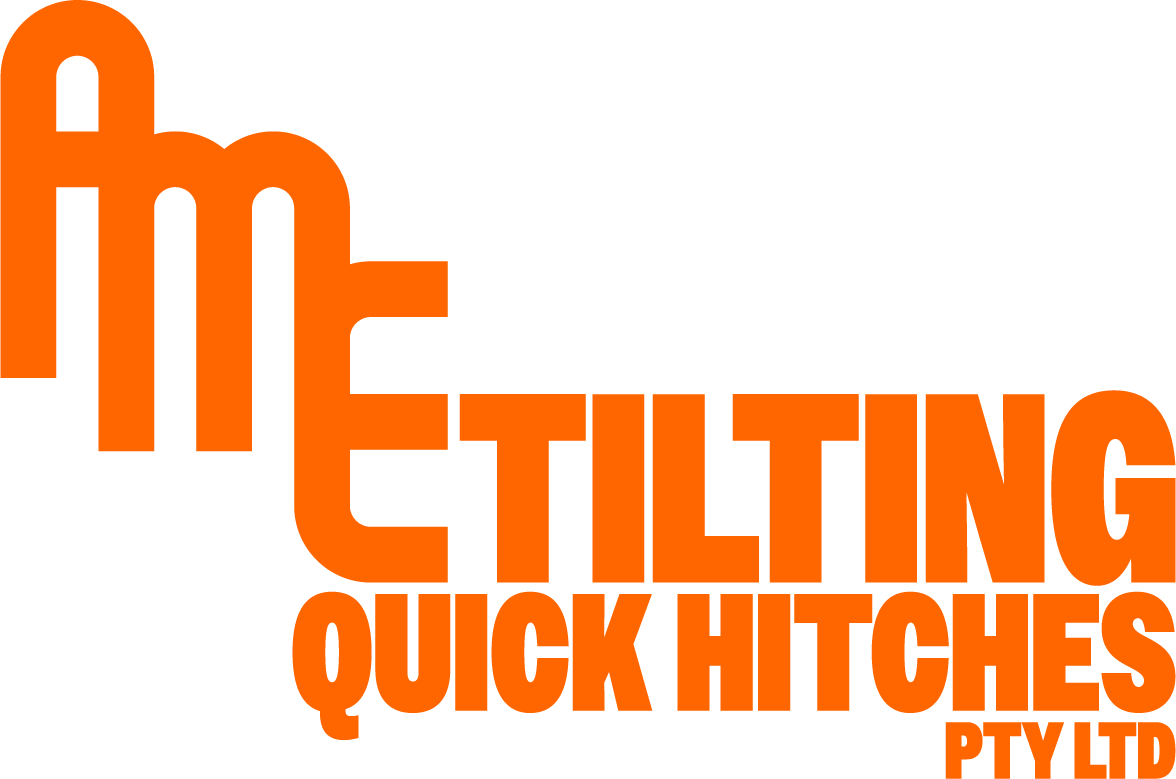Corrosion or Weather-Related Damage
Refer to this guide if you encounter excessive or earlier than expected rust or corrosion on your hitch.
Disclaimer:
Safety First!
Cease Operation Immediately: If you notice significant rust or corrosion that may affect the structural integrity of the hitch or attachment and locking mechanisms, your hitch experiences issues locking or securing in place, or securing to attachments, stop using the equipment immediately to avoid potential hazards.
Stay Clear of the Hitch: Never stand under or near the hitch or any load being lifted. Falling hitches or loads can cause severe injury or death.
Wear Protective Gear: Always wear appropriate protective gear, including gloves, safety glasses, and a dust mask, when inspecting and treating rust or corrosion. Rust particles and chemicals used in rust treatment can be harmful.
Seek Professional Assistance: If you lack the necessary mechanical skills or qualifications, do not attempt to repair the excavator or hitch yourself. Contact your local excavator dealer or AME for professional help.
Parts and Repairs: Always use appropriate spare parts to repair your excavator or hitch. Follow your excavator’s operating manual or dealership advice when repairing or replacing excavator components. AME can provide spare parts and repair kits for your hitch. You also have the option to send the hitch or specific components to AME for expert repairs and maintenance. Contact us for more information.
Remember, safety is paramount. Follow Safe Work Australia guidelines and seek professional assistance to prevent accidents and ensure the longevity of your equipment.
-
Identifying the full extent of the rust or corrosion is essential for effective treatment. Knowing which areas are affected helps you target your efforts and prevent further damage.
Carefully examine all metal surfaces of the hitch, focusing on areas that show discoloration, pitting, or flaky metal.
Use a flashlight to inspect hard-to-see areas and gently scrape the surface to check the extent of the corrosion.
-
Rust inhibitors slow down the oxidation process, preventing the rust from spreading and worsening. This treatment is crucial to halt the progression of corrosion and protect the metal.
Clean the rusted areas thoroughly using a wire brush or sandpaper to remove loose rust and debris.
Apply a rust inhibitor spray or coating to the cleaned areas.
Follow the manufacturer’s instructions for proper application and drying times.
-
Painting over treated areas seals the metal and provides an additional layer of protection against moisture and environmental elements. It also restores the appearance and integrity of your hitch.
Once the rust inhibitor has dried, apply a metal primer to the treated areas.
After the primer dries, paint over the primer with a high-quality metal paint.
Ensure even coverage and allow each coat to dry completely before applying the next.
-
Proper storage minimises exposure to elements that cause rust and corrosion. This preventive measure helps maintain the condition and longevity of your hitch and excavator.
Store the excavator and hitch in a dry, covered area whenever possible.
If indoor storage is unavailable, use protective covers to shield the equipment from rain, snow, and salt.
Ensure the hitch is clean and dry before storage.
Persistent rust or severe corrosion may require specialised treatment or replacement of parts. Our team can provide expert advice and solutions to ensure your equipment is properly maintained and repaired. If these steps aren’t successful, contact us here.
